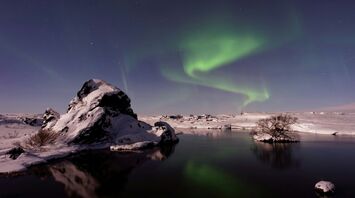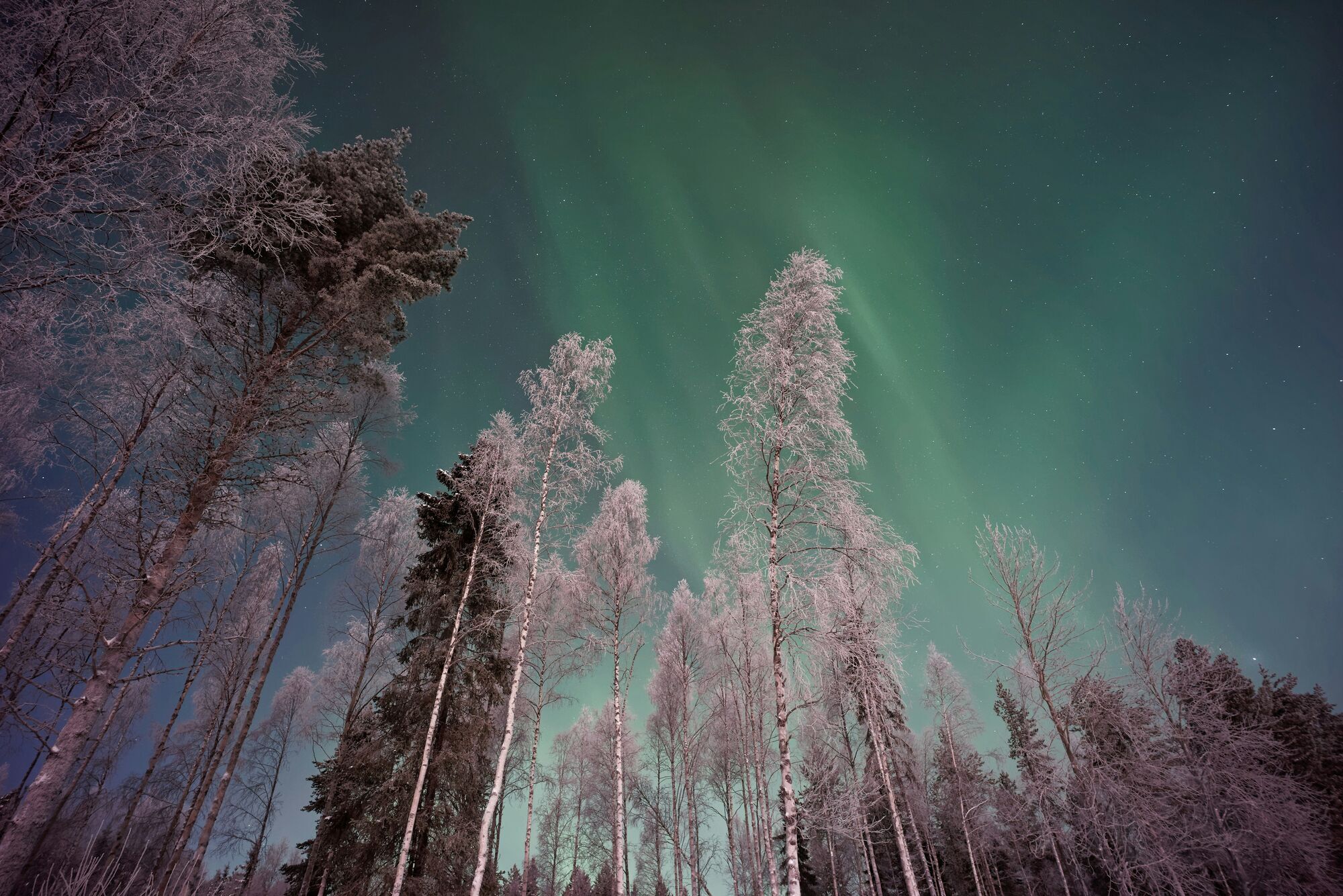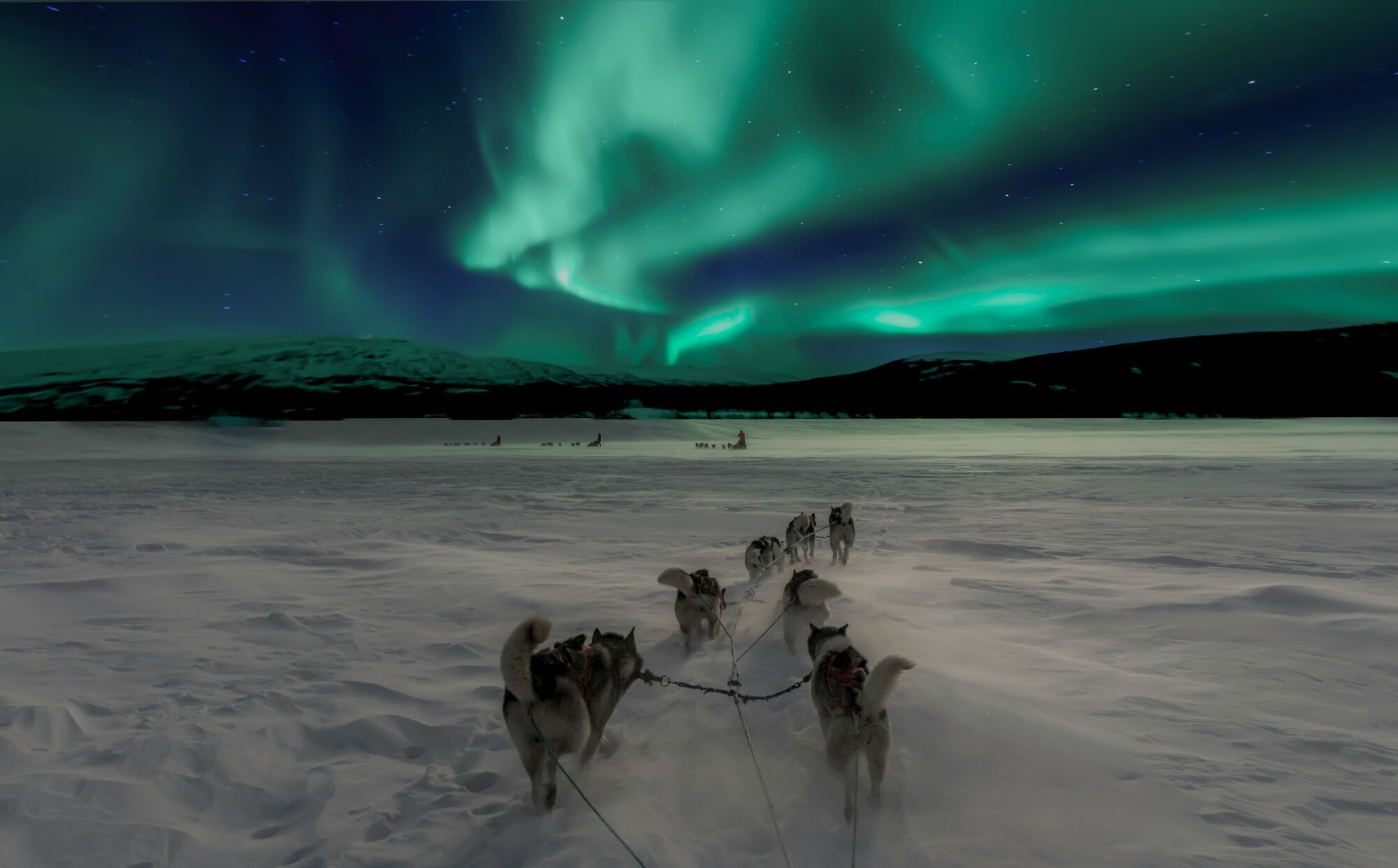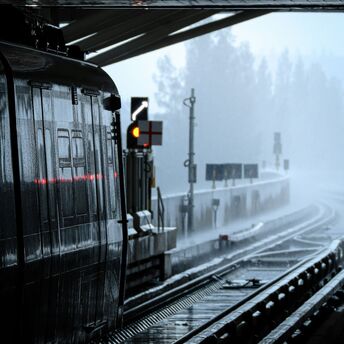Ice Skating Under the Northern Lights: An Enchanting Journey in Sweden’s Lapland

Sweden’s Lapland region, known for its pristine landscapes and Arctic wonders, offers an extraordinary winter experience: ice skating beneath the shimmering northern lights. This unique activity combines the thrill of gliding over frozen lakes with the awe-inspiring spectacle of the aurora borealis, making it a must-try adventure for winter travelers.
The Magical Setting of Lapland
Lapland, stretching across Sweden’s northernmost territories, is celebrated for its unspoiled wilderness. Its vast frozen lakes, framed by snow-laden forests, create an idyllic backdrop for outdoor activities. Here, the long Arctic nights provide an ideal setting for observing the northern lights, a natural phenomenon caused by solar particles colliding with Earth’s atmosphere.

During the skating season, typically spanning late November to early March, the region transforms into a winter wonderland. The ice, meticulously cleared and maintained, becomes a mirror for the vibrant green, pink, and purple hues of the auroras.
The Experience of Ice Skating Under the Aurora
Ice skating in Lapland is more than just a recreational activity—it’s a sensory immersion. The quiet crunch of blades on ice contrasts with the stillness of the Arctic night. Above, the celestial dance of the aurora creates a surreal atmosphere, reflecting off the ice and enveloping skaters in a symphony of light and motion.
Guided skating tours, available in areas such as Abisko and Kiruna, offer safety and expert insights. These excursions often include stops for warm beverages and opportunities to learn about the science and legends surrounding the auroras. For those seeking solitude, self-guided experiences are also possible, with well-marked trails on frozen lakes like Torneträsk.
Preparing for the Adventure
To fully enjoy skating under the northern lights, proper preparation is essential. Thermal clothing, sturdy skates, and safety equipment, such as ice poles and rescue gear, are necessary to navigate the icy terrain. Local rental shops provide all the required gear, ensuring visitors are well-equipped for the cold.

Timing is another critical factor. The auroras are most visible on clear, dark nights, often peaking between 10 PM and 2 AM. Travelers are advised to check aurora forecasts and weather conditions to maximize their chances of witnessing this natural wonder.
Cultural and Culinary Highlights
A visit to Lapland wouldn’t be complete without exploring its rich Sami culture and Arctic cuisine. Traditional Sami meals, like reindeer stew and cloudberry desserts, provide a warm and hearty conclusion to a day on the ice. Many skating tours also incorporate storytelling sessions around campfires, offering insights into local folklore and the region’s deep connection to the northern lights.
Why This Experience Stands Out
While ice skating is a popular winter pastime worldwide, doing so under the aurora borealis elevates the experience to a different realm. It’s not just about the activity itself but the profound connection to nature and the Arctic’s unique rhythms. For travelers seeking a blend of adventure, beauty, and tranquility, this activity embodies the magic of Lapland.



















